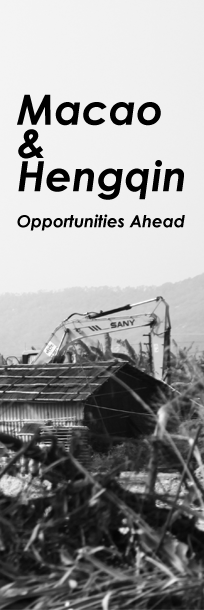
Flea Market at Lin Kai Mio
Sunnie, Cheang Sok Cheng
When most of you are still sleeping, some hawkers have already been awake and prepared for their business. They go to the stalls in Lin Kai Mio (蓮溪廟) near Cinema Algeria, which are designated by the Macao govern-ment, at 7 am every day.
The Lin Kai Mio flea market first began in the 1950s and later became the tradition of San Kio (新橋). The flea market is now divided into two parts: the dawn market at Largo Da Cordoaria (打纜前地), which closes at noon, and the hawker stalls in front of Lin Kai Mio, which closes at 4 pm.
There are more than 20 hawker stalls in the flea market, in which antiques, daily necessities, and second-hand clothes are mainly sold on the floor. The size of each stall is about one sq m.
“Collecting old stuffs has been my hobby since I was a child,” said Cheong Chin Chiu. Cheong, 57, has become one of the hawkers in the dawn market since last year. He mostly sells old stamps, coins and groceries.
Cheong was born in Macao and retired six years ago. He used to work in a firecracker factory, a garment manufactory and Macao Prison. Although he keeps changing his occupation, his hobby still remains the same.
“When I was young, I would come here once I was free. After retirement, I have nothing to do, so I come here every day,” he said.
He loves hanging out in the flea market to collect interesting items. Last year, he got a chance to run a stall and thus he decided to sell his collections in the dawn market.
“My family members have their own jobs, so they seldom have time to accompany me,” he said. “The dawn market provides me a place to spend my spare time.”
In his opinion, the interaction between the customers and other hawkers is more important than money as he enjoys his time chatting with others.
After the dawn market has closed at noon, Cheong will look for more interesting goods in other places. He indicated that he will continue to run his stalls if he can renew his license successfully.
Some people choose to be a hawker because of their personal interests, while some of them become a hawker because they have to earn their livings.
Iao, in his sixties, has run a stall in front of Lin Kai Mio for more than 20 years. He said that the local economy was condemned 20 years ago, and being a hawker was a better option to earn more money in the doomed economy.
“The economy was not good in the past. Many people would choose to shop at the flea market,” he said. “However, after the economy has improved, fewer and fewer people come here.”
Being a hawker is an important part of his life. Despite the low income, it is still enough for him to maintain his life.
“I don’t know what I can do if I give up this stall. I am too old to enter the labor market again. I will continue to keep this stall until I can’t,” Iao said.
Every morning it’s not hard to find the flea market filled with crowds of people. The primary costumers are the neighbors and some enthusiasts from the mainland China.
“I love to collect old stuff. Sometimes I can find some treasures here,” said Chan, a retiree and regular customer of Iao. He thought that the price of goods in the flea market is cheaper than other places, together with the fact that the interaction between the hawkers and the customers cannot be found in other places.
Apart from the numerous hotels and casinos, the flea market is also a key element of this small city that some people can’t let go. It is not just a space for trading. It provides a space for the hawkers to earn their livings, a space for people to spend their spare times, and a space for the enthusiasts to expand their collection.





